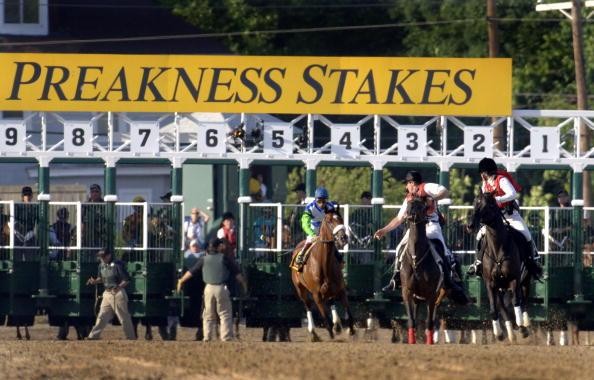|
The Preakness Stakes is a reputed horse racing event for thoroughbreds that is held on an annual basis at Baltimore in Maryland. The horse race takes place at the Pimlico Race Course every Mat. The thoroughbreds race over a dirt track for 9.5 furlongs. This event is the second the three legs of a larger horse racing event called Triple Crown. The first leg is the immensely popular Kentucky Derby and the third is the Belmont Stakes, and the Triple Crown winner is the horse that wins all three races.
This thoroughbred horse race event has been called the “Run for the Black-Eyed Susans” on account of the fact that the winner of the event gets a beautiful chrysanthemum blanket designed to resemble Black-eyed Susans. Although the Preakness doesn’t attract an audience as large as that of the Kentucky Derby, it is more popular than races such as Breeders’ Cup, Belmont Stakes and Kentucky Oaks.
The winner of the Kentucky Derby also takes part in the Preakness Stakes in an attempt to win the Triple Crown, but a number of other horses that had taken part in the Kentucky Derby and a few horses that didn’t run the Derby also take part in the Preakness.
The Preakness race is usually held two weeks after the Derby and three weeks before the Belmont Stakes.
Bet on Preakness Stakes online
Preakness History
The man behind Preakness Stakes is Pimlico who started a race for 3-year-old thoroughbred horses. Oden Bowie, the former governor of Maryland, named the race in honor of a colt called Preakness who had several achievements to his credit. The very first race was held in 1873 in the month of May, and it was Survivor, a thoroughbred belonging to John Chamberlain who won it.

Interesting Preakness Traditions
When the winner of the Preakness Stakes has been officially declared, a painter climbs to the top of the Old Clubhouse and paints the colors of the winner’s silks on the horse and jockey forming part of the weather vane on top of it. This tradition has its roots from the time of 1909.
As part of the tradition that was begun 1909, officials would have the winning horse decked out in a blanket of chrysanthemums- these flowers would look like Black-eyed Susans. A memento resembling the Woodlawn Vase is presented to the owner of the winning thoroughbred.
The excitement is highest among the audience if the horse had won the Kentucky Derby too because the horse will win the Triple Crown if he wins the Belmont Stakes, which is the third portion of the Triple Crown, which is usually held in June.
|



